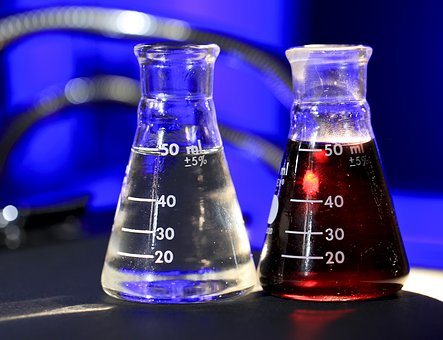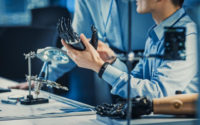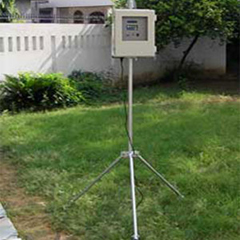3 Maintenance Tips for Your Lab Equipment
Cleanliness and equipment maintenance are vital to running an efficient lab. However, many researchers may overlook maintenance due to lack of time and the assumption that their lab doesn’t need cleaning. If you do not maintain and clean your lab equipment on a regular basis, errors in your research could occur and you may expose yourself to safety hazards. Here’s what you need to know about maintaining your lab equipment, including glassware, MST tools, and more.
#1: Invest in Calibration Services
Sometimes, your lab equipment will stop performing at the level it did when you purchased it. In this situation, you should invest in regular calibration services for your equipment, especially for MST tools. Since MST involves measuring the strength of molecule interactions, you need the measurements to be precise – otherwise, you will see inaccurate results, ruining the rest of your experiment. Calibration services provide a detailed and comprehensive calibration of your equipment to help you prevent further errors, improve the accuracy of your results and the equipment, and assist you in avoiding data corruption.
#2: Perform Regular Exterior Cleanings
Even if you do not have the time to do a full clean of your equipment every single day, you can take a few actions to maintain your lab equipment. One of the easiest ways to maintain your equipment and increase its life expectancy is to give it an exterior clean every single day. You should aim to wipe down the exterior of all your equipment at least once per day, and you should also perform a full clean of the equipment at least once a week. These regular cleanings will also ensure that your MST tools are operating at full capacity as well, allowing your investment to last longer.
Often, you will need to clean your lab equipment according to a specific process outlined in your lab manual. Before you begin cleaning, make sure to consult these instructions or speak to your lab manager – this will help you avoid accidentally damaging your equipment. In some cases, you will need to seek the help of a professional cleaner to maintain sensitive or complex equipment.
#3: Sterilize Your Glassware
One of the most important components of a clean, well-maintained lab is sterilized glassware. You need to have impeccably clean glassware to produce accurate results in your experiments. However, many labs neglect to give their glassware proper, regular cleaning, which can lead to damage to the materials and a buildup of material that could impact results. You want to make sure that your glassware is clean, sterile, and free of contaminants.
Always use a detergent designed for lab glassware while cleaning. To effectively clean your glassware, you will have to rinse it in the proper solvent depending on the chemicals used in the experiment. Next, rinse the glassware several times with distilled water. Finally, rinse the glassware with deionized water. If you can, allow your glassware to air dry to avoid introducing any foreign materials. If you need to use the glassware right away, rinse it a few times with acetone.
Sometimes, your lab equipment will stop performing at the level it did when you purchased it. In this situation, you should invest in regular calibration services for your equipment, especially for MST tools. Since MST involves measuring the strength of molecule interactions, you need the measurements to be precise – otherwise, you will see inaccurate results, ruining the rest of your experiment. Calibration services provide a detailed and comprehensive calibration of your equipment to help you prevent further errors, improve the accuracy of your results and the equipment, and assist you in avoiding data corruption.
Proper solvents for rinsing your glassware are as follows:
- Common lab chemicals that are water soluble, such as sucrose solutions, will need deionized water as a solvent, followed by distilled water.
- Water-insoluble common lab chemicals will use ethanol or acetone as a solvent, followed by deionized water.
- You will need to rinse strong acids under a fume hood with tap water, followed by deionized water.
- Weak acids will require a solvent of deionized water.
- You will need to rinse strong bases under a fume hood with tap water, followed by deionized water.
- Weak bases will need a tap water solvent followed by deionized water.
With these tips and the implementation of regular maintenance habits, you can keep your lab equipment in tip-top shape throughout your research.
Sources:
- https://www.bvascientific.com/content.aspx?file=customerpages/Tips-for-Proper-Lab-Equipment-Maintenance.htm
- https://www.labmate-online.com/news/laboratory-products/3/breaking-news/5-tips-for-laboratory-equipment-maintenance/30637
- https://nanotempertech.com/blog/top-6-ways-to-optimize-your-mst-assay/


